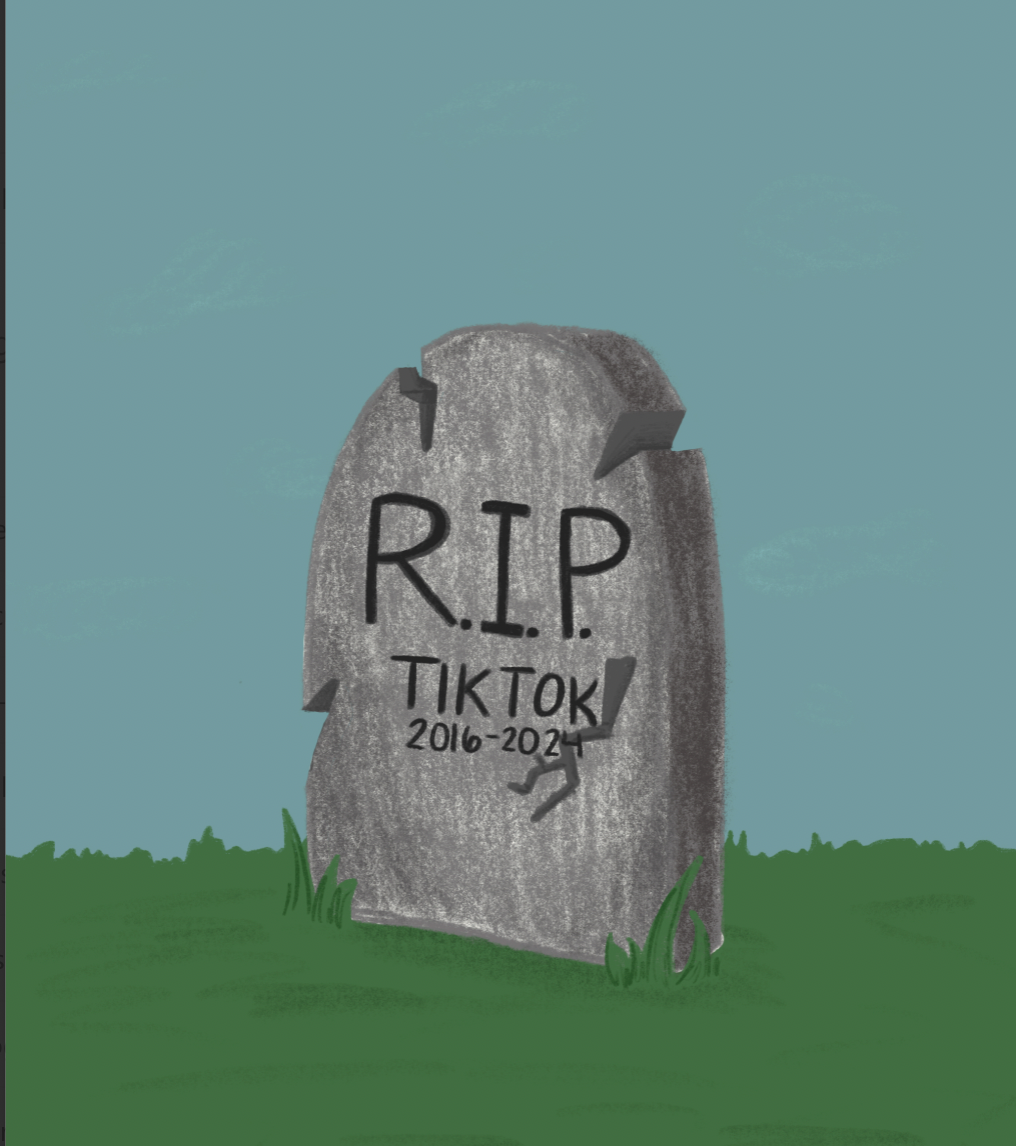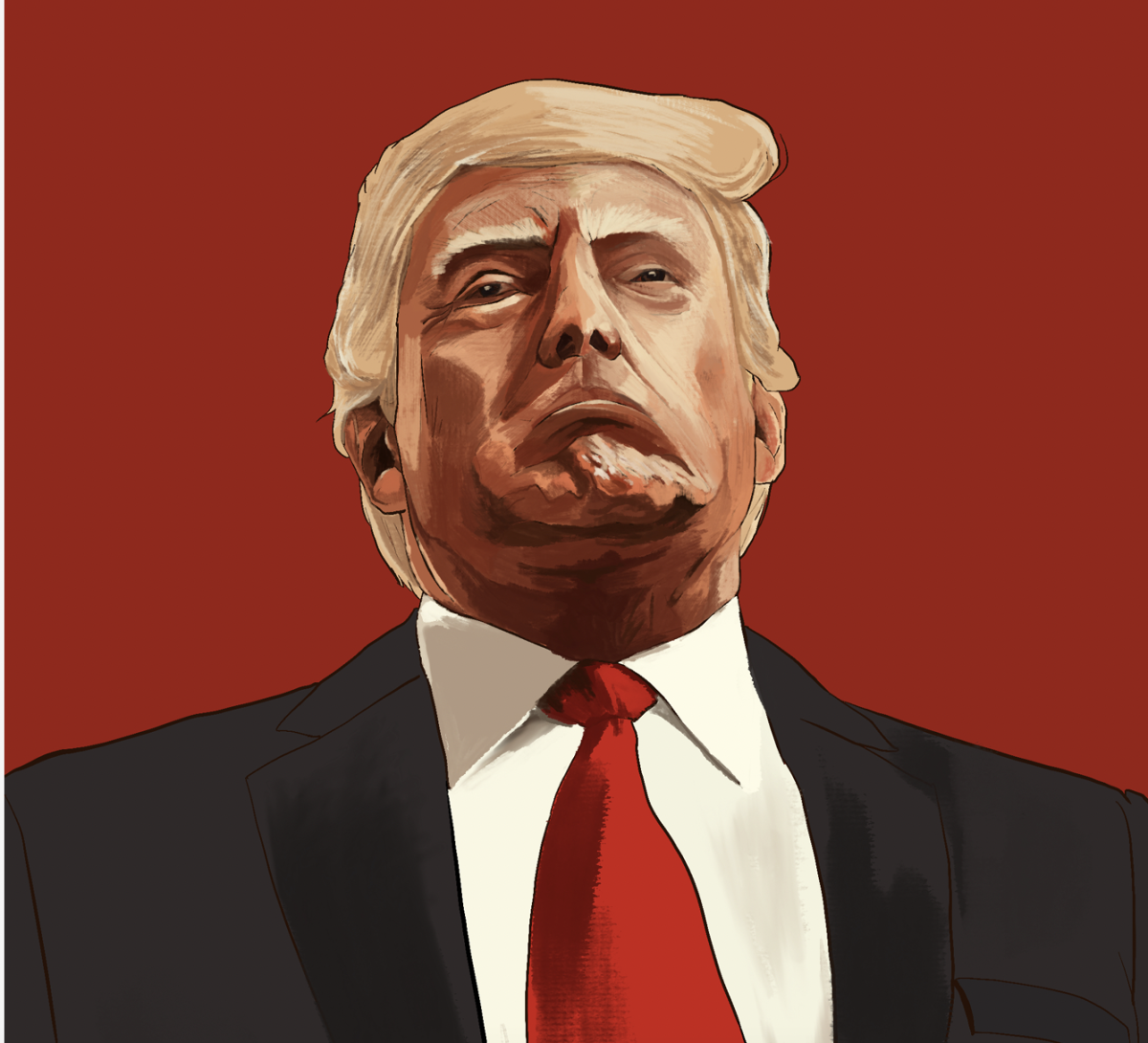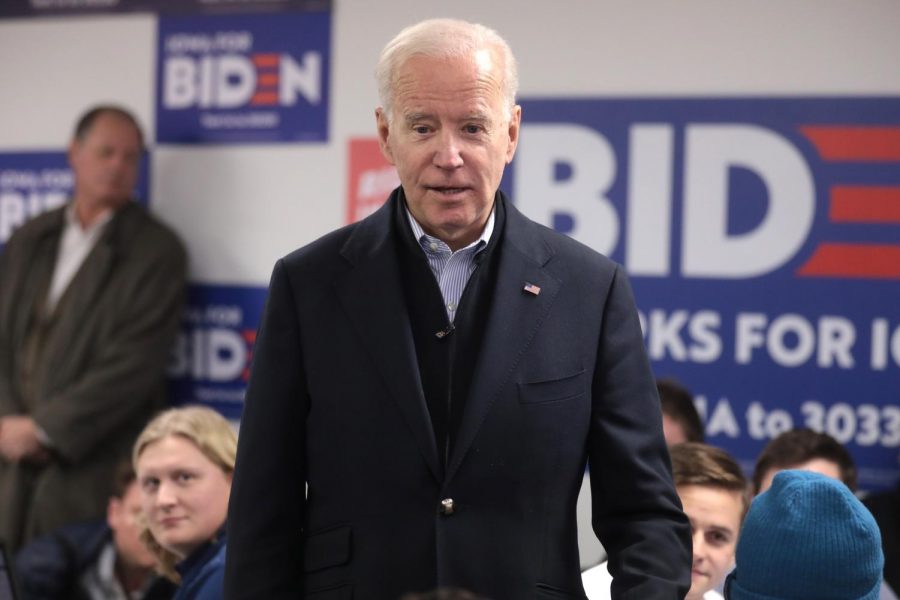Biden is more progressive than we think
Ever since the Great Depression, the Democratic Party has been becoming more and more progressive. Free healthcare, free college education, raising taxes on the rich, gun control, and identity politics dominated the Democratic primaries. The more free benefits a candidate offered, the higher he was in the polls, with the only exception being Joe Biden. Former Vice President Biden appeared to be quite moderate compared to his opponents, but how progressive are his policies and what should we expect from his presidency?
Healthcare:
Over the past four years, Donald Trump’s administration has been trying to roll back the Affordable Care Act, commonly referred to as Obamacare. ACA was designed by the Obama-Biden administration to make affordable health insurance available to more people and lower healthcare costs for the average citizen. While Obamacare did bring down the number of uninsured Americans from 48.8 million in 2010 to 28.4 million in 2016, the average worker’s healthcare insurance premium increased by 71%, and average employer spending increased by 54%. As Investopedia explains, “A premium is an upfront payment made on behalf of an individual or family in order to keep their health insurance policy active.”
Biden insists on expanding Obamacare. The proposed Affordable Care Act 2.0 ten-year plan (which would cost $750 billion) would automatically enroll every American, whose income is below 138 percent of the Federal Poverty Level, and it intends to replace Medicaid with a “public option” – a government-run health insurance company that would compete with private insurance companies. Biden has been very vague on how a “public option” would compete with private firms, only stating that it would “negotiate lower prices from hospitals and other health care providers.” It is safe to assume that Biden’s $750 billion cost estimate would turn into a major government spending program over the years. Since the hospitals are able to charge the government more, given the government’s “limitless” ability to spend, the healthcare costs will keep rising, as they have been doing for the past 55 years ever since the Social Security Amendments of 1965 created Medicare and Medicaid. The possibility of a new government regulation keeping the healthcare cost down needs no consideration since the healthcare industry has an enormous influence on Capitol Hill. In 2019 the healthcare sector outspent every industry in lobbying expenses, pouring $594 million into Washington, D.C. (which falls short of the record $3.51 billion spent on lobbying in 2010).
During her primary campaign, Kamala Harris, Biden’s running mate, followed Sen. Elizabeth Warren and Sen. Bernie Sanders and proposed a more radical and expensive program: Medicare for All, which would eliminate all private health insurance and cost an estimated $31 to $47 trillion over a ten-year period. Given the vast difference between Biden and his VP’s vision of healthcare, Americans can only wonder which plan will be executed if Biden is the 46th U.S. President.
Gun Control:
Biden’s position on the Second Amendment is extremely bizarre. Biden insists on the ban of “assault weapons,” a term that is extremely loosely defined. If Biden describes automatic weapons, his ban proposal is a little bit late, since the possession of Title II weapons (official classification for machine guns, destructive devices and “sawed-off” weapons) has already been limited by the National Firearms Act of 1934. Only people who pass an extensive background check initiated by the applicant’s local police department or sheriff’s office are able to receive certification, with the law enforcement agency being able to deny any applicant for arbitrary reasons.
Most probably, Biden is talking about semi-automatic (one pull on the trigger results in one shot) weapons, such as the AR-15 rifle, which look similar to automatic weapons used by the military. These weapons are among the most popular hunting rifles in the United States due to their lightness, convenience and durability. Even though these firearms look disturbing, they are not as dangerous as they are claimed to be, and they are certainly not the primary cause of deadly shootings. In fact, eight of the ten most popular crime weapons in 1993 were handguns, one of which, TEC DC-9, is sometimes referred to as an “assault weapon” (the other two were shotguns). With the non-fatal violent firearm crime victimizations being down 76 percent, Biden’s move to ban “assault weapons” is most likely a simple way to appeal to young progressive voters.
Economy:
“Build Back Better” is the proud name Biden’s campaign selected for his economic plan, pointing to the hard hit the U.S. economy took from lockdowns and the COVID-19 pandemic. Even though the name gives hope, the plan does not project a bright future.
Rolling back Trump’s income tax cuts is at the center of Biden’s economic agenda. However, Biden does not stop at just raising the top tax rate to 39.6%. In addition, he insists on increasing the top corporate tax rate from 21% to 28%, applying a Social Security tax of 6.2% for those who earn more than $400,000 a year, taxing profits earned from foreign subsidiaries of U.S. firms 21%, imposing a 15% minimum tax on book income (definition here) of large companies, and increasing capital gains tax to 39.6% for households with income over $1 million. Biden’s new tax plan will bring only $4 trillion of additional revenue to the federal government over a ten-year period. It is unclear at this point how exactly Biden is planning to pay for all of the new spending programs he proposes. The most probable outcome is that the government will simply take on more debt since the U.S. budget has been running a deficit every year since 2001.
Biden’s economic agenda also contains a plan to spend $2 trillion to “build a modern, sustainable infrastructure and an equitable clean energy future,” a partial ban on fracking, an initiative to provide $10,000 in student loan debt relief, a raise of the federal minimum hourly wage to $15, and the “Made in All of America” $700 billion plan to boost America’s manufacturing and technological strength, $300 billion of which will be used for research and development and $400 billion on U.S. goods and services in the form of government spending.
Coronavirus response:
Alongside the Democratic Party, Biden has been heavily criticizing the current Administration for its coronavirus response. During his 2020 Democratic National Convention speech, Biden laid out what he would do in case of the pandemic; interestingly enough, his vision of the right actions is no different from Trump’s.
Mr. Biden said if he is elected president, he would “develop and deploy rapid tests with results available immediately.” Rapid COVID-19 tests have already been around since May, and, just seven days prior to the DNC, the FDA approved yet another rapid test from Yale University. The United States is already leading the world with over 700,000 daily COVID-19 tests.
Biden’s promise to “implement a coordinated, country-wide, future-facing national effort to acquire, produce, and distribute PPE, test kits and machines, lab supplies, and other critical supplies, including by fully utilizing the authorities under the Defense Production Action” perfectly reflects what the current Administration is doing.
Pentagon contracted 3M, Honeywell, and Owens & Minor to produce 39 million N95 masks for $133 million in April, and contracted 3M, once again in May, for $126 million. HHS contracted ten companies to produce 187,431 ventilators for $2.9 billion, and the U.S. government contracted multiple companies for millions of doses of the COVID-19 vaccine. AstraZeneca – 300 million doses for $1.2 billion; Pfizer and BioTech – 100 million doses for $1.95 billion; Moderna – 100 million doses for $1.5 billion; Johnson & Johnson – 100 million doses for over $1 billion.
During the Democratic convention, Biden promised that he would “make sure our schools have the resources they need to be open, safe, and effective,” even though the current administration has already called for Congress to pass $70 billion to provide financial assistance and incentives to help schools implement safety measures in their resumption of in-person classes.
The only difference in Trump’s and Biden’s agenda is Mr. Biden’s promise to “have a national mandate to wear a mask.” Ever since the beginning of the pandemic, the topic of a federal mask mandate has perpetually come up. However, the resolution stays the same – neither the federal government nor the executive branch possesses the constitutional power to force citizens to wear masks. Biden is either lying, does not know the executive branch’s power, or plans to convince 16 more states to enforce a mask mandate.
Foreign Policy:
The current administration has been extremely efficient in maintaining American world dominance and preserving peace at the same time. Withdrawing troops out of Syria while maintaining control over oil fields; establishing a peaceful agreement between UAE and Israel; eliminating the leader of ISIS, Abu Bakr al-Baghdadi; tightening relationships with China for corporate espionage and aggression in Hong Kong (trade war and sanctions); blocking the construction of Nord Stream 2, a Russian pipeline to Germany – and many more policies have asserted U.S. power through economic pressure and decisive actions.
Democrats have criticized each of these moves since they have a different vision. In an interview with NABJ, Biden claimed that “China’s behavior is going to change” if the United States and other countries engage in free trade and do not pressure China. This statement perfectly aligns with Biden’s past performance. The foreign policy of the Obama-Biden Administration was extremely diffident when it came to Russia, China, and the Middle East. It failed to be robust enough during the Crimea crisis, allowing Russia to get away with taking over the Ukrainian peninsula; intervened unsuccessfully in Syria, which lead to Russian influence increasing in the region (and establishing an alliance with Turkey); strained the relationship with Saudi Arabia; and allowed China to expand its military presence in the South China Sea. Given Biden’s past effectiveness as well as his age, Americans should not expect much increase in U.S. power.
So what?
Even though Biden stands out among other Democratic nomination candidates, his agenda includes some of the pillars of modern progressive views. Expanding government’s presence in the healthcare sector, increasing taxes, banning certain firearms, partially forgiving student debt, devoting tremendous resources to combat climate change, and less aggressive behavior on the world stage is all on the political left checklist. Even though Biden’s plan is less radical than what is proposed by other Democrats, his tight relationship with Nancy Pelosi and Harris as his running mate hint at him becoming more radical after he is elected.




























